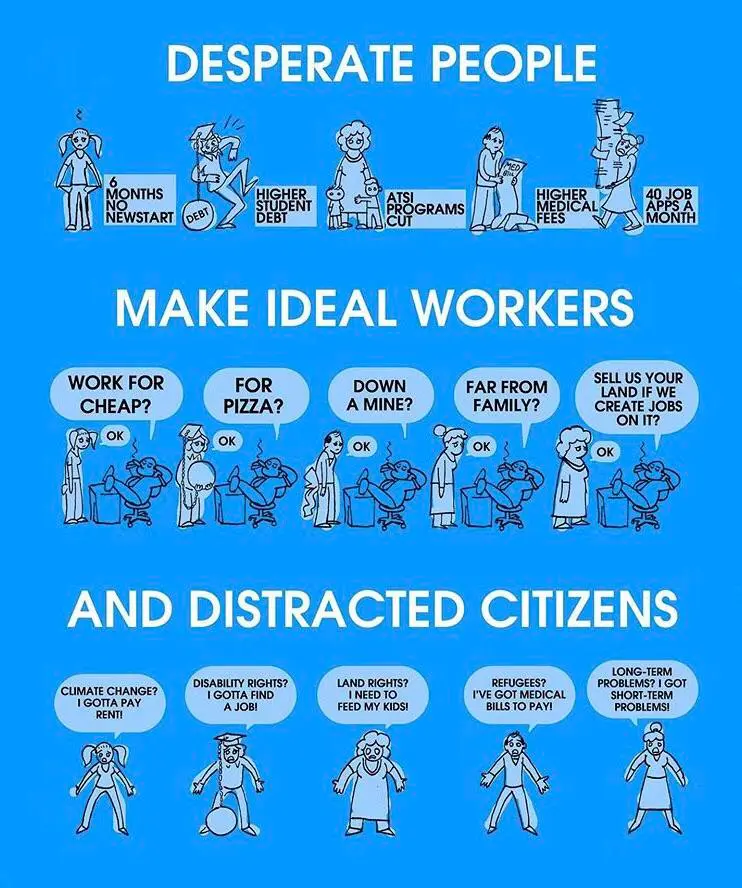
👍
Men work more overtime, take on more risks, and are more willing to put themselves in danger.
Men get paid more, because they are willing to pay the extra pound of flesh it demands, because they have a bit more flesh to offer. Men have higher average stamina, physical strength, and physical resilience.
I won’t necessarily say that’s a good thing, but it’s a fact. There’s a reason all the dangerous jobs are male dominated, but simultaneously men die on the job or get severely maimed substantially more.
Interestingly enough if you look at a woman dominated industry that is extremely dangerous abd demands a pound of flesh (like prostitution) suddenly the gender gap flips heavily the other way.
As I always say, you don’t see people talking about gender disparity of garbage truck drivers and other areas of the sanitation industry, even though there’s a lot of disparity over there.
Why aren’t people complaining about the lack of women in the sanitation industry? Weird, huh?
@pixxelkick you might want to talk to teachers. They put the lie to everything you said here.
Anecdotal warning: From my experience going tk a gandful of schools in western canada… inner city schools bias towards women dimishes due to higher risk conditions. The gender ratio shifts as you go from nicer well funded schools to inner city poorer neighborhoods.
The higher risk schools tend to have way more men teaching as well as male cops walking around, whereas the gentrified safer schools tend to be women dominated.
It still leand towards women, but the lean evens out a lot more as risk/danger goes up, as well as pay.
You also see more male teachers if you go way up to far northern schools that have much harsher conditions, where governments trade to provide monetary incentives in return for roughing it up on way more secluded places.
So, nope, from what I’ve seen the pattern holds just as much in teaching.
Are they accounting for hours worked?
“we observed that, on average, women were more likely than men to work part-time (i.e., fewer than 35 hours per week) because of personal or family obligations. Moreover, in comparison to men, women were less likely to work overtime (i.e., at least two hours per week) to attain additional income, but more likely to work overtime to step in for colleagues. Altogether, people had “gendered” reasons to work certain hours.”
So let’s take 4 people… all making $20 an hour.
1 male working 40 hours a week.
1 male working 50 hours a week.
1 female working 35 hours a week.
1 female working 40 hours a week.40 * 20 = $800 a week * 52 = $41,600 a year.
50 * 20 = $1,000 a week * 52 = $52,000 a year.
Total male earnings = $93,600 a year.35 * 20 = $700 a week * 52 = $36,400 a year.
40 * 20 = $800 a week * 52 = $41,600 a year.
Total female earnings = $78,000 a year.78,000 / 93,600 = ZOMG women make 83.33% of what men do!
Edit In a rush this morning and forgot to bill the OT at time and a half…
40 * 20 = $800 a week * 52 = $41,600 a year.
40 * 20 = $800 a week * 52 = $41,600 a year.
10 * 30 = $300 a week OT * 52 = $15,600 a year.
Total male earnings $98,800.Total female earnings $78,000 a year.
78,000 / 98,800 = ZOMG women make 78.94% of what men do!
“we observed that, on average, women were more likely than men to work part-time (i.e., fewer than 35 hours per week) because of personal or family obligations.
Of course, women choose to be the ones who are socially obligated to do unpaid labor for family, and men choose not to have to do unpaid labor for family. /s
The way our society is structured plays absolutely no factor in this, and no factor in why domestic social reproduction is unpaid(until we get into maids/servants, which doesn’t make it prettier) while non-domestic social reproduction is paid. /s
The illustration is backwards. Shouldn’t the dude be the lower side of the scale? Not reading this trash.
Edit: /s
I wish there was a saying about judging things by their content and not irrelevant aesthetics related to it.
i’m not convinced that female ceo’s are paid less then male ceo’s. And I know for a fact that female network engineers are paid the same as male network engineers. Unless the study is comparing specific jobs at specific companies, it seems like the article is bs.
Can someone please explain to me how companies are getting around the laws which are in place to stop unequal pay?
Annual earnings? Weekly wages? Hourly wages? Are they taking into account things like voluntary overtime?
The study points to a growing gap up to the 54-59 age group and attribute it to women raising children, but I wonder if there is more of a generational gap there between the salary demands (and perceived self worth) of women who grew up in the 1970’s compared to more recently.
For the Dutch…
But most companies want to pay as little as possible, and worker want paid as much
Men are more willing to negotiate for a higher wage. Not all of them, but enough that usually explains this effect for entry level jobs. And a very sizable amount take at least a few years out of work for kids, and that gap usually causes them to earn less when they go back. And that set back keeps them out of the highest positions most of the time, which is why this gap is higher as age increases.
For the US at least:
"New research by Vanderbilt Professor Jessica A. Kennedy finds the gender difference in tendency to negotiate has now reversed, and the widespread narrative that women don’t ask is outdated. While other measures are necessary to completely close the gender pay gap, the study also discusses how people who believe and adhere to the notion that “women don’t ask” hinder progress. "
In one study, 990 participants who graduated from business school between 2015 and 2019 were asked a series of questions about their job search, the essential one being, “Did you negotiate your job offer?” Fifty-four percent of women reported negotiating offers compared to 44% of men, contradicting the idea that women don’t ask.
Studies were just people who went to business school…
Like, that’s probably the most likely field to negotiate…
But that author is starting from a flawed premise. Rather than thinking some women are less likely to negotiate due to society norms or not being the primary earner, she thought it meant men were better negotiators.
Women get paid less, because they accept jobs for less pay. Name one company you think is honestly going:
We could pay a man 100k, or we could hire a woman for 80k, so let’s pay more so our employee has a dick
Negotiating isn’t just getting a job and then trying to get more money, it factors in when looking and applying for jobs with listed salary
It’s a complicated issue that’s deeper than “negotiating”. But even your article didn’t get it into the nitry gritty. Because there’s only so much time to go over it.
People simplify things for ease of communication. Not spending 2 hours to list out ever factor in a social media comment doesn’t mean the factors don’t exist. Just who has the time to get that deep?
Your professionally written article doesn’t even really get into it.
Because normal people won’t read all that stuff
How are they measuring the gap? They dont make that clear.
Working with the Van Spaendonck Groep, MKB Nederland analyzed the anonymized payslips of 1.4 million employees in the ten most common professions - pedagogical employee, pharmacy assistant, service employee, administrative employee, sales employee, account manager, driver, production employee, warehouse worker, and mechanic. The results were corrected for age and experience, so these do not explain the wage gap.
Typically that means they threw the numbers into a regression with wage ~ sex + age + experience and looked at the sex component coefficients. With a regression model you can use the coefficients to estimate average baselines for each sex separately from age. You’d want to clean up the age values into categories or use a regression spline to allow non linear age effects. You’d probably want to log transform wages too.
They could have done a really shitty analysis though, without the actual details I’m just guessing and I didn’t see any links in the article.





